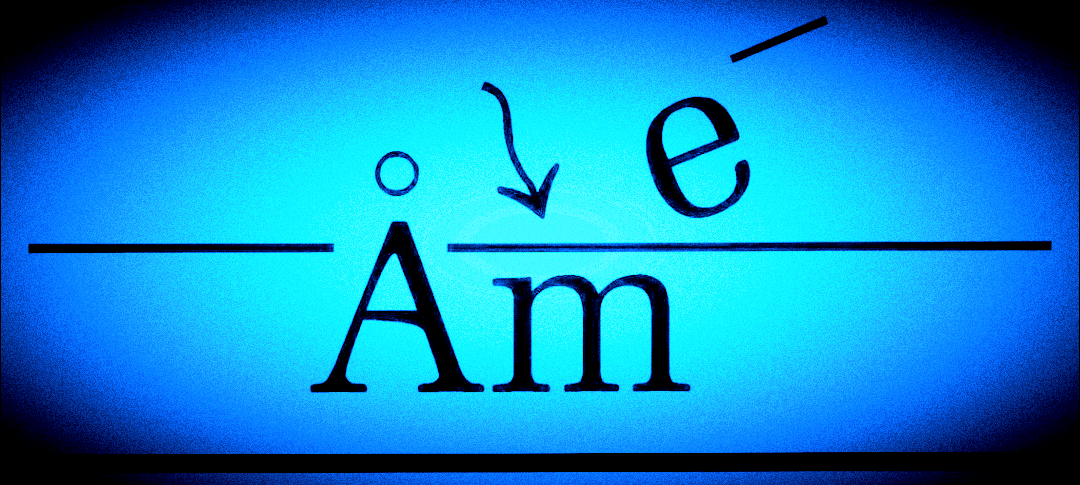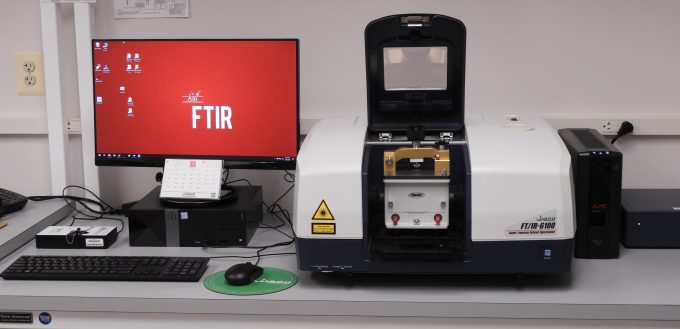
FTIR Analysis Capabilities
- ATR-FTIR Analysis: Identifies chemical bond functional groups by their characteristic absorption of infrared radiation in vibrational modes.
- Transmission Mode: Suitable for low absorbance samples.
- ATR Mode: Detection depth generally 1-2μm, varying based on material. Black, highly absorbing, or scattering materials may have reduced sampling depths and weaker signals.
- Organic and Polymeric Materials: Particularly adept at identifying chemical bonds in these materials.
- Contaminants and Additives: Enhanced detection and identification capabilities with additional GC-MS analysis.
- Degradation and Processing: Determines bonds undergoing degradation reactions or changes with processing.
- Inorganic Chemicals: Identifies water, carbonate, phosphate, sulfate, nitrate, nitrite, ammonium ions, silica, silicones, talc, alumina, titanium dioxide, zinc oxide, bentonite, etc.
- Detection Limits: Vary greatly, sometimes <10^13 bonds/cm³ or sub-monolayer.
- Sample Characterization: Applicable to solids, liquids, or gases with small material amounts.
System Capabilities
- Transmission Mode: Analysis area of 1mm x 1mm; liquid layer thickness from sub-micrometer to a few millimeters. Sample material may be dispersed on KBr pellets; lateral dimensions up to 12in x 12in.
- Specac Golden Gate MKII Diamond ATR: Analyzes an area of 0.6mm x 0.6mm; thickness from sub-micrometer to a few millimeters. Sample width <108mm (4¼ inches). Rugged type IIIa diamond window; uniform 80lbs pressure by sapphire anvil, potentially destructive for some samples.
- Pike Technologies Veemax II: Variable angle specular reflectance for samples many centimeters thick, flat and smooth surface required. Useful for thin coatings on metal, polymer films on semiconductor wafers, or thin films on glass slides. Analyzes organic film thicknesses.
- Spectral Range: 7800 cm⁻¹ to 400 cm⁻¹ (1.28 µm to 25 µm).
- Resolution: Up to ½ cm⁻¹, most spectra taken with 4 cm⁻¹ resolution.
- Signal-to-Noise Ratio: Greater than 42000:1.
- Detector: Temperature-controlled DLATGS.
- Interferometer: 62° Michelson with retro-reflecting corner cube mirrors.
- Lenses: KRS-5 (thallium bromoiodide) lenses, flat response in IR range from 400 to 4500 cm⁻¹.
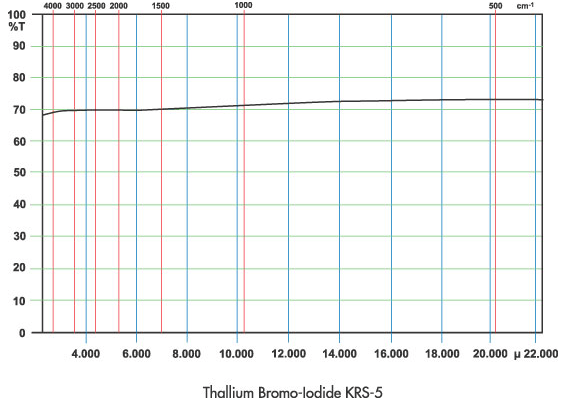
FTIR Analysis Spectra Databases
- Fiveash Data Management FTIR Databases: Over 79,000 spectra.
- Polymers and Polymer Additives: 581 spectra.
- Surfactants: 430 spectra.
- Organic Compounds: 950 spectra.
- Minerals and Inorganic Compounds: 310 spectra.
- Drugs and Forensic Laboratory Spectra: 3,750 spectra.
- Vapor Phase Spectra: 5,220 spectra.
- Comprehensive Organic Compounds: 10,320 spectra.
- Organics ATR FTIR: 1515 spectra (diamond crystal), 422 spectra (germanium crystal).
- Polymer, Plasticizer, and Monomer ATR FTIR: 1138 spectra.
- Plastics Kit: 50,000+ ATR spectra.
- Essential Oil and Food Oil ATR FTIR: 460 spectra.
- Inorganic Compound ATR FTIR: 586 spectra (diamond crystal), 498 spectra (germanium crystal).
- Dye, Stain, and Pigment ATR FTIR: 150 spectra (diamond crystal), 150 spectra (germanium crystal).
- Pharmaceuticals and Illicit Drug ATR FTIR: 439 spectra.
- Retail Adhesive and Sealant ATR FTIR: 458 spectra.
- Cosmetic and Personal Care Product ATR FTIR: 570 spectra.
- Forensic Vapor Phase FTIR: 670 spectra.
- High Resolution Vapor Phase FTIR: 430 spectra.
- JASCO Compound Database: 900 compounds, emphasis on polymers.
- Know It All JASCO Edition: 10,000 compounds, per use fee for matching spectra.
- AME, Inc. Compiled Compound and Materials Database
Sample Spectra Examples
- Adhesive of Double-Sided 3M Tape
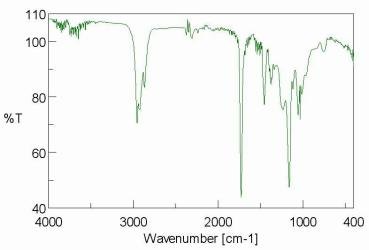
- Low-Density Polyethylene (LDPE) Trash Bag
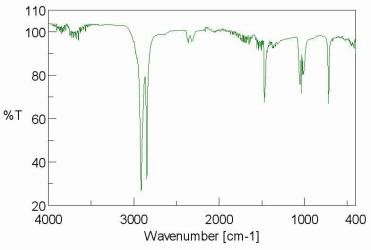
Further FTIR Applications
- Distinguishing SiC Polytypes (4H and 6H)
- FTIR Analysis Services
- Overheating silicone materials
- Identifying marinated urine
- ASTM 1252: General techniques for qualitative analysis
Contact
Griffin Spence, Ph.D. or Priyanshu Banerjee, Ph.D. at 1-410-740-8562
Email: Griffin@andersonmaterials.com or Priyanshu@andersonmaterials.com
